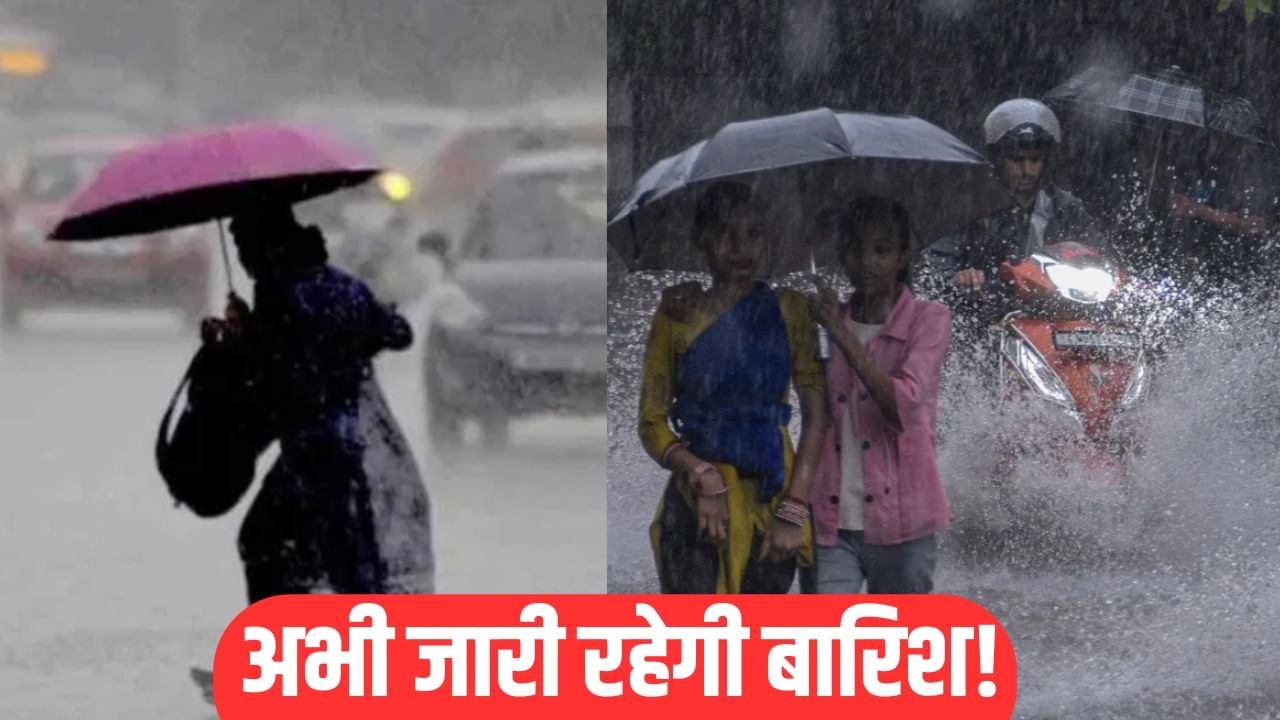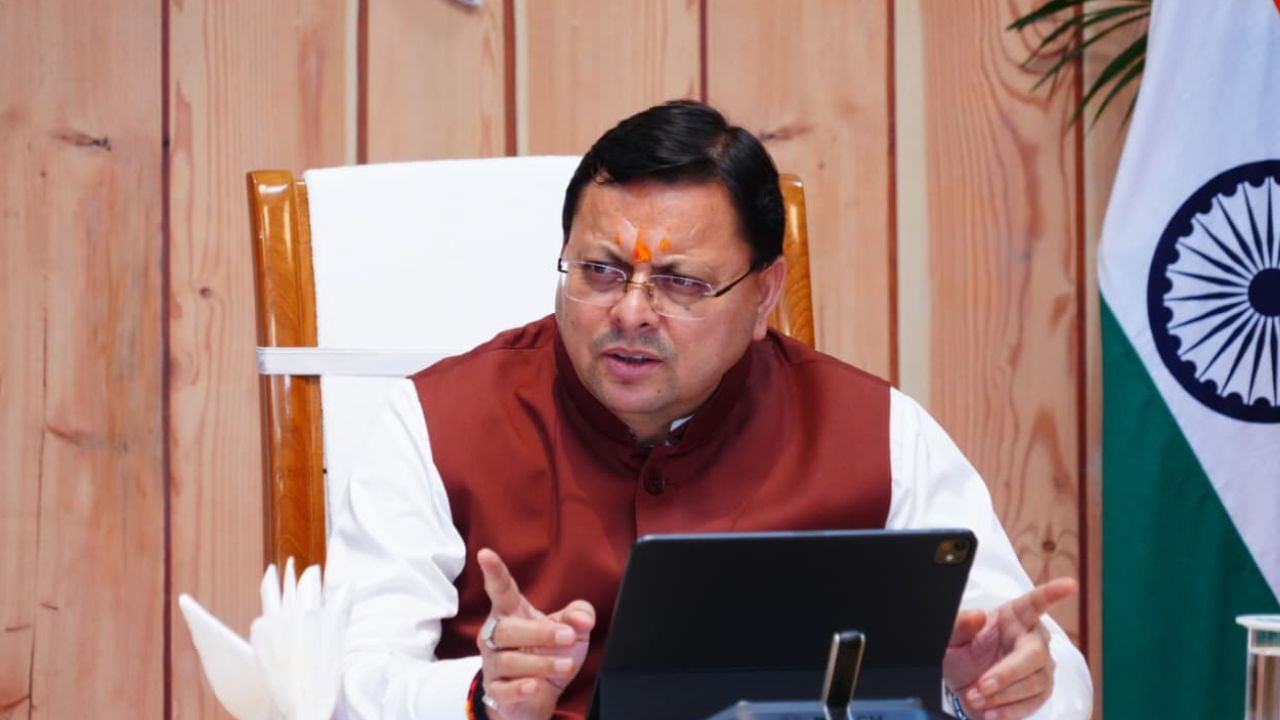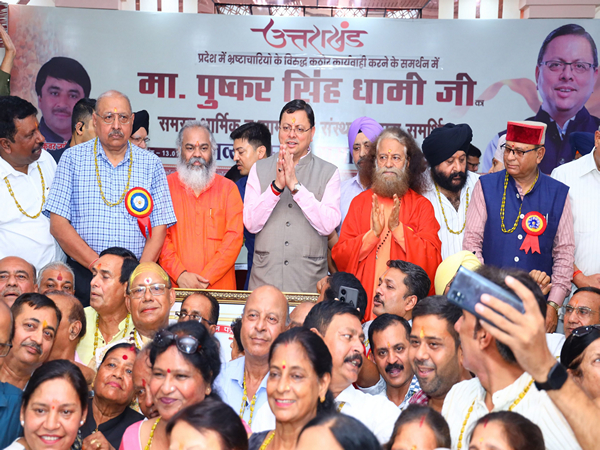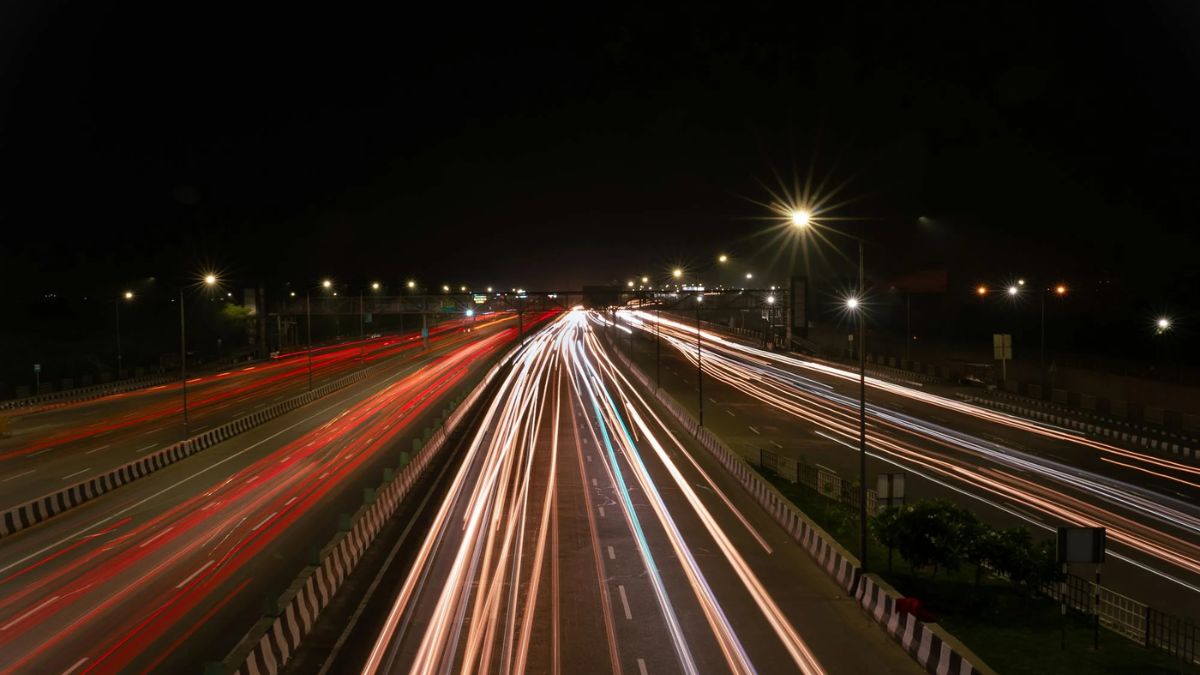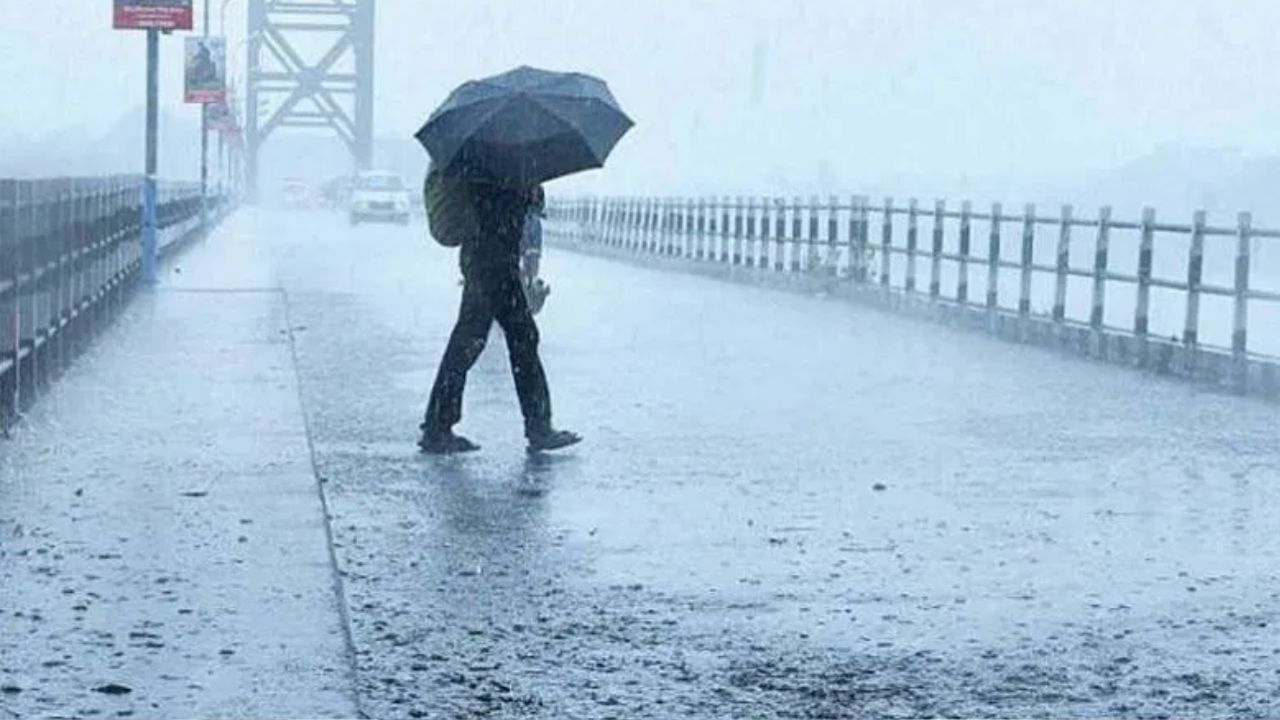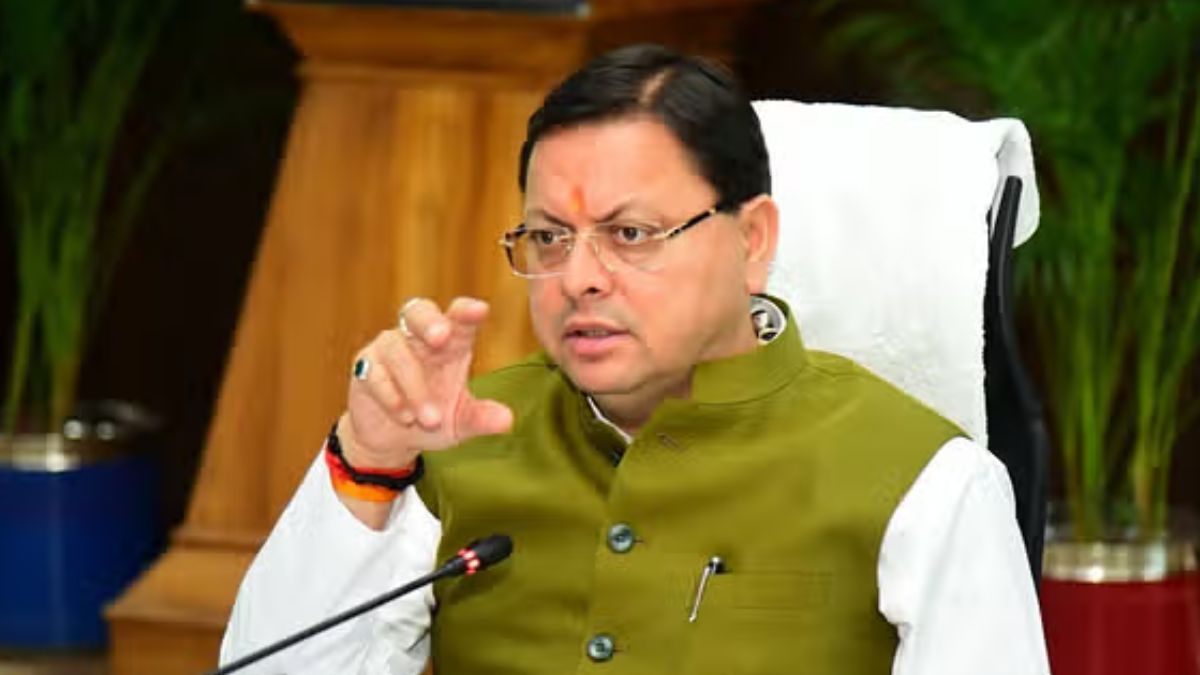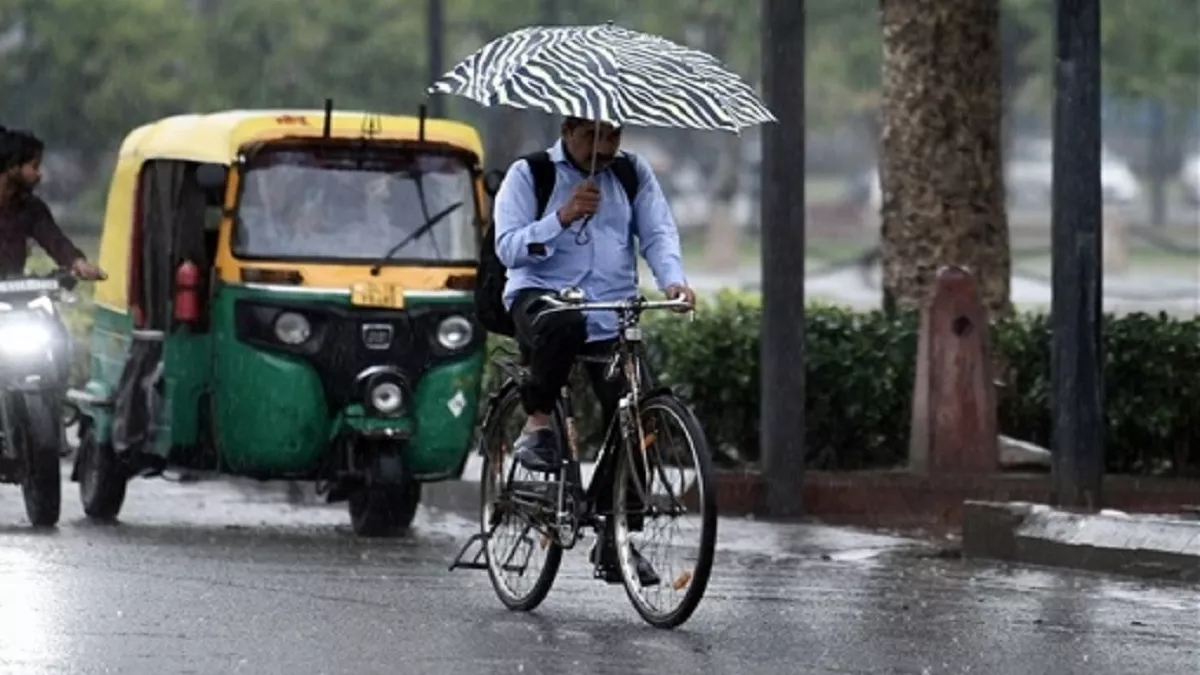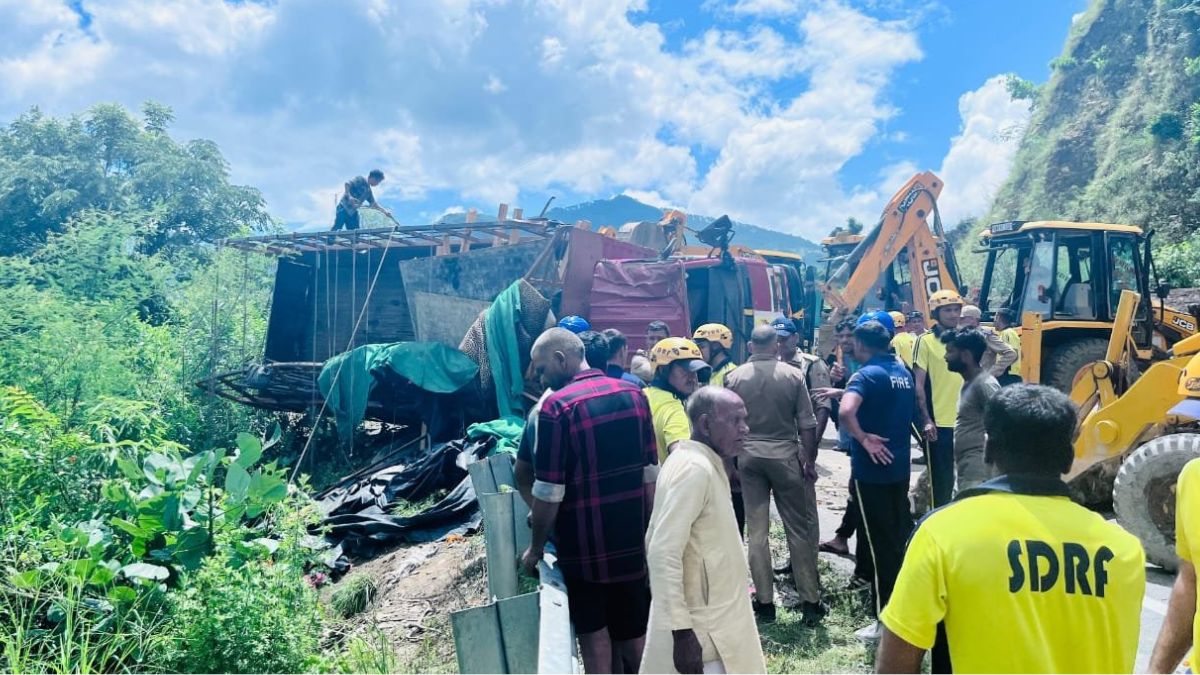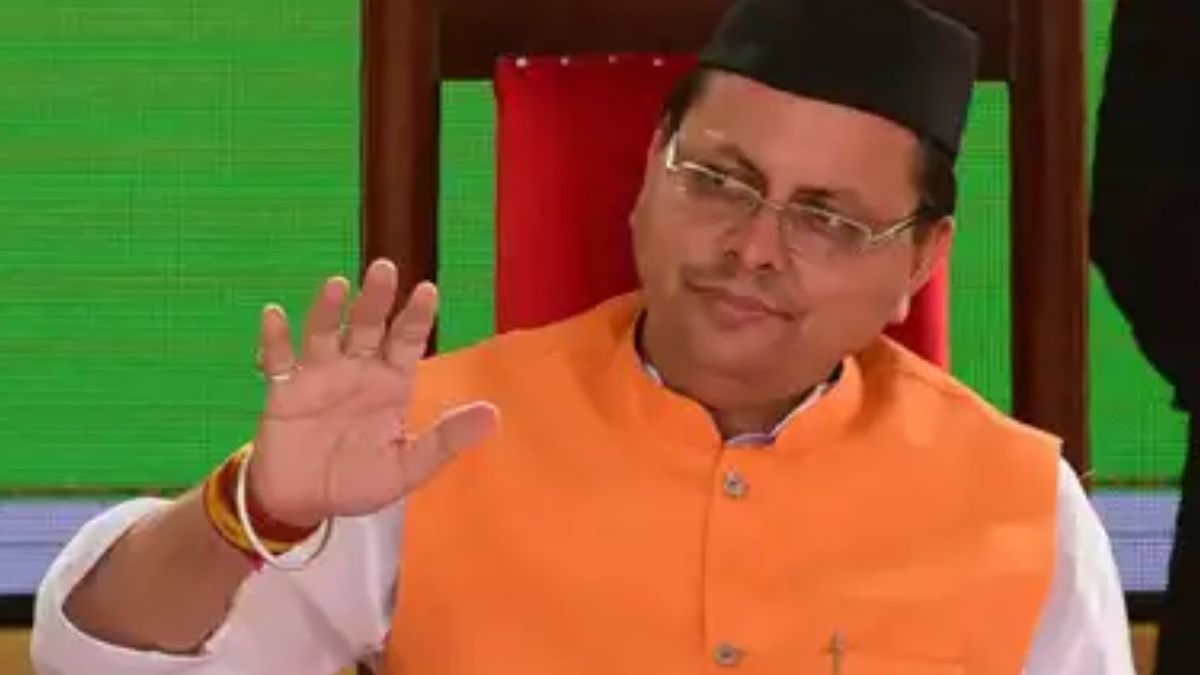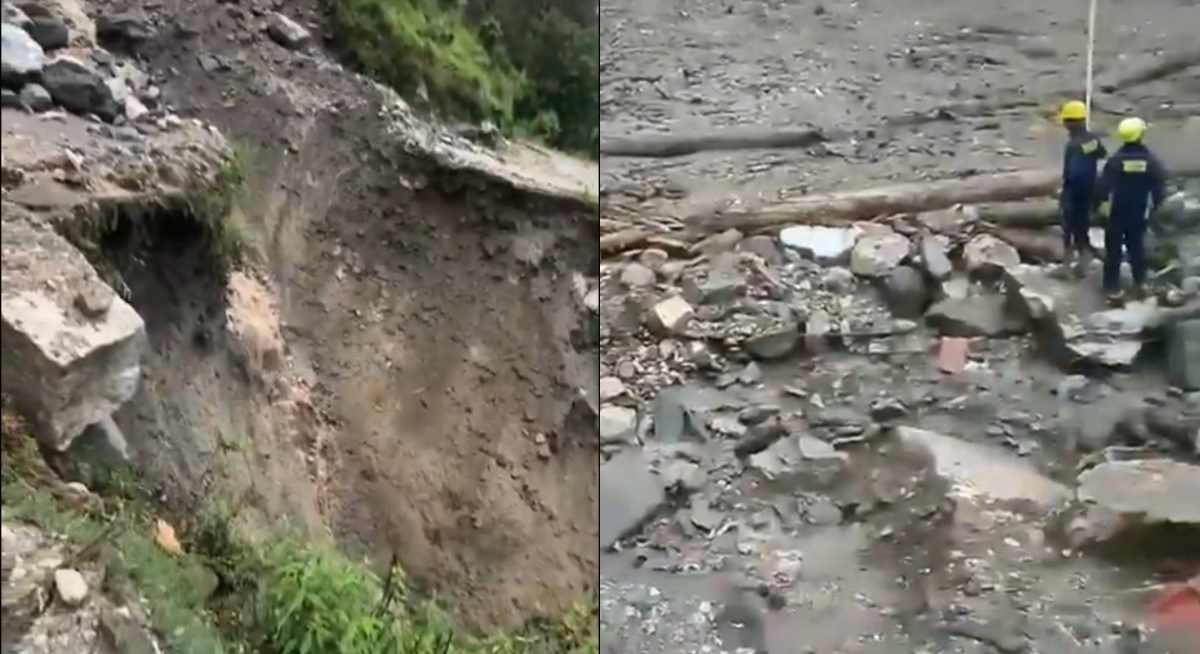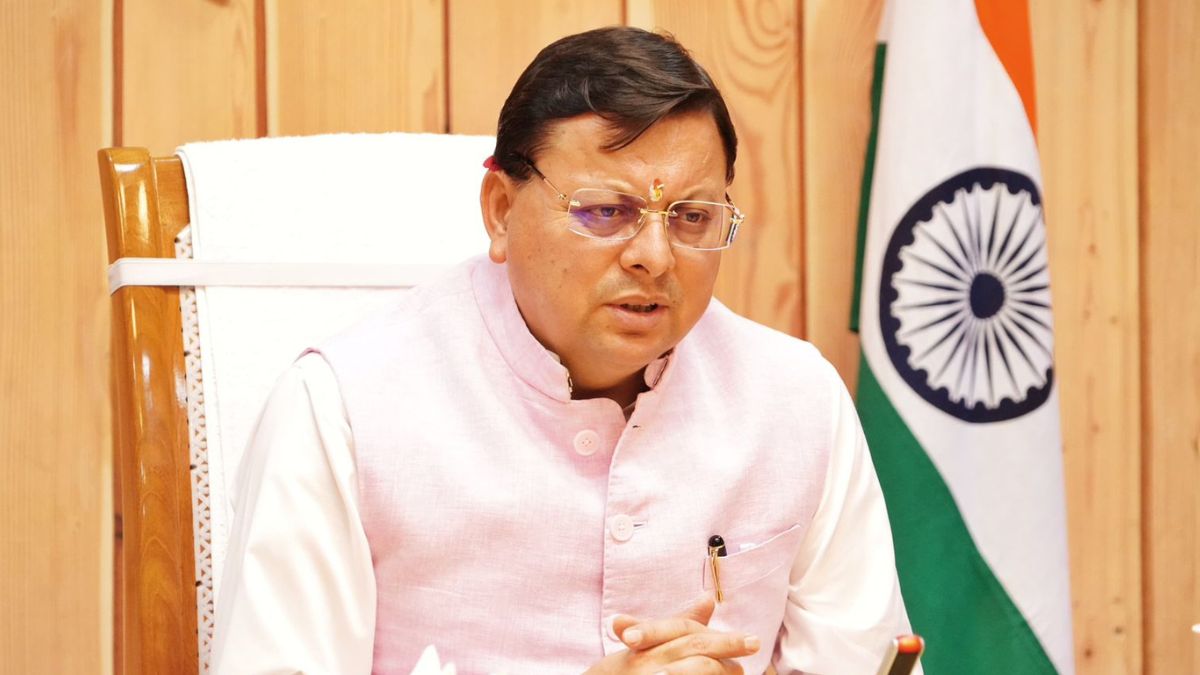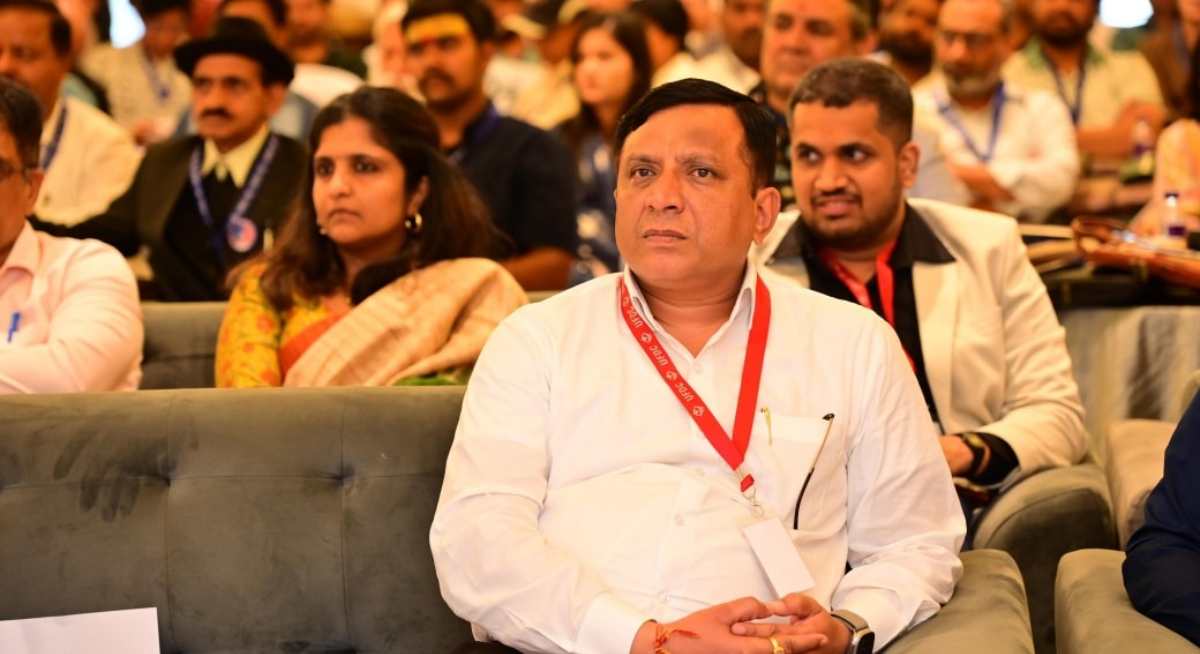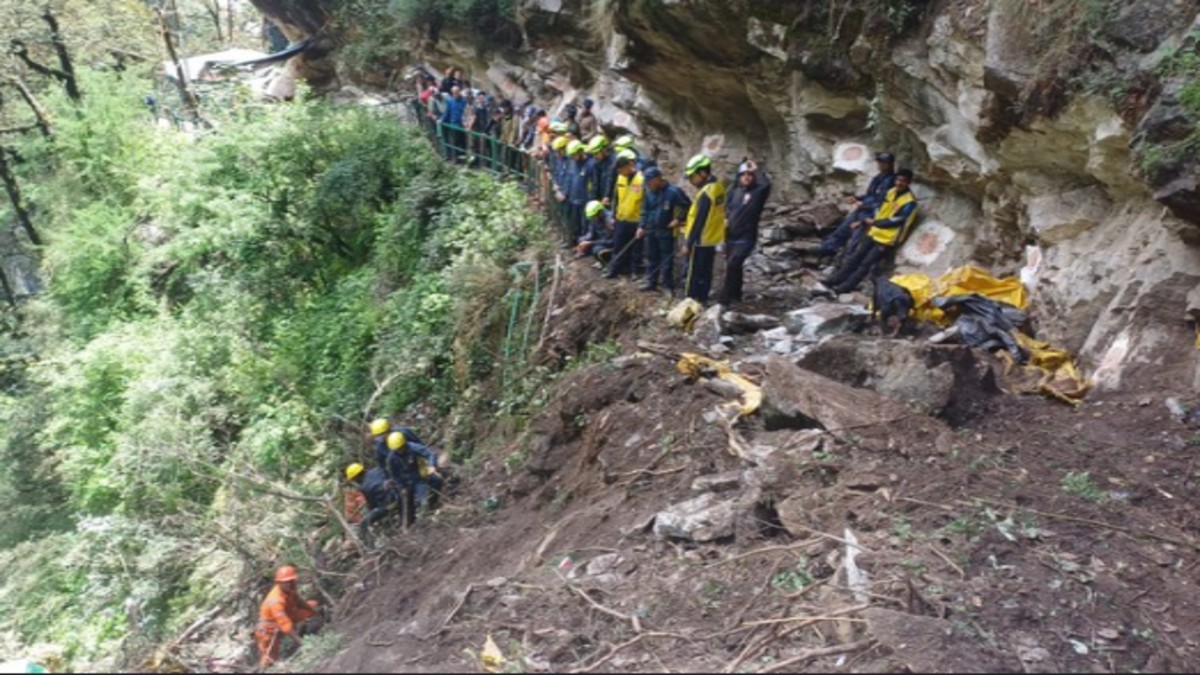Subscribe to Updates
Get the latest creative news from FooBar about art, design and business.
Browsing: Uttarakhand
At a felicitation ceremony held in Dehradun, Chief Minister Pushkar Singh Dhami reiterated his commitment to making Uttarakhand corruption-free. He participated in…
The Delhi-Dehradun Expressway, a significant infrastructure project, is nearing completion, connecting Delhi to Dehradun via a route spanning 210 km. The project,…
Rain to Continue in Delhi Until July 17th, Alerts Issued for Five States Including UP and Rajasthan
Rainfall is prevalent across India these days, bringing pleasant weather to many states. The weather department forecasts rain and cloud cover in…
Uttarakhand Chief Minister Pushkar Singh Dhami emphasized the significance of public letters, stating they are not merely documents but embody hope and…
Uttarakhand Chief Minister Pushkar Singh Dhami has ordered the implementation of ‘Operation Kaalnemi’ to address the issue of individuals impersonating saints and…
A landslide, triggered by heavy rainfall, has caused disruption on the Rudraprayag-Badrinath route. Restoration work is currently in progress to clear the…
Chief Minister Pushkar Singh Dhami marked four years in office with a traditional Ganga worship ceremony at Brahmakund, Har Ki Pauri in…
The India Meteorological Department (IMD) has issued a comprehensive warning regarding heavy to very heavy rainfall expected across various regions of India…
A truck carrying Kanwar pilgrims overturned near Jajal, Tehri Garhwal, Uttarakhand, resulting in one fatality and injuries to 14 others. The vehicle,…
Dehradun: BJP MP Mahendra Bhatt has been re-elected as the Uttarakhand BJP president. He expressed his gratitude to the central leadership of…
The Char Dham Yatra in Uttarakhand has been temporarily suspended for a day due to a heavy rainfall alert issued across several…
Monsoon Intensifies: IMD Predicts Heavy Rainfall Across Multiple States, Offering Relief to Delhi
The India Meteorological Department (IMD) anticipates an intensification of the monsoon across various regions of the country in the coming days. The…
Uttarakhand: Cloudburst Causes Workers to Go Missing at Hotel Construction Site in Uttarkashi
A cloudburst in Uttarkashi’s Silai Band, situated along the Barkot-Yamunotri Marg, resulted in extensive damage to an under-construction hotel site on Sunday,…
In his fifth year in office, Chief Minister Pushkar Singh Dhami is preparing to introduce a comprehensive women’s policy for the state…
A workshop held in Dehradun on June 25, 2025, brought together the National Film Development Corporation (NFDC) and the Uttarakhand Film Development…
Uttarkashi: Rescue operations are ongoing in Jankichatti, a day after a significant landslide struck the Yamunotri Yatra route. Teams from the State…


